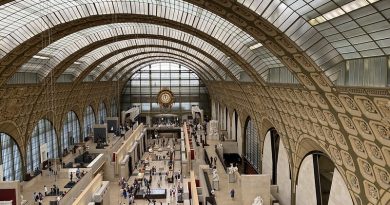Petra
The inhabitants of Petra, the Nabataeans were nomadic Arab traders who settled in Petra in the 2nd century BC . The site was at a crossroads of the incense trade routes and it became a major regional trading hub.
The Nabataeans were accustomed to living in the barren deserts. They were particularly skillful in harvesting rainwater, agriculture and stone carving. Petra flourished in the 1st century AD, when its part of its structure – believed to be the mausoleum of Nabataean king Aretas IV – was constructed, and its population peaked at an estimated 20,000 inhabitants.
Although the Nabataean kingdom became a client state of the Roman Empire in the first century BC, it was only in 106 AD that it lost its independence. Petra fell to the Romans, and it’s importance declined as sea trade routes emerged. By the the early Islamic era in the 7th century it was abandoned except for a handful of nomads. It remained unknown to the western world until 1812, until Swiss traveller Johann Ludwig Burckhard re discovered it
Access to the city is through a 1.2-kilometre-long gorge called the Siq, which leads directly to the centre of the site . Famous for its rock-cut architecture and water conduit system, Petra is also called the “Rose City” because of the colour of the stone from which it is carved.It has been a UNESCO World Heritage Site since 1985 and is Jordan’s most-visited tourist attraction.
Destination – Jordan




